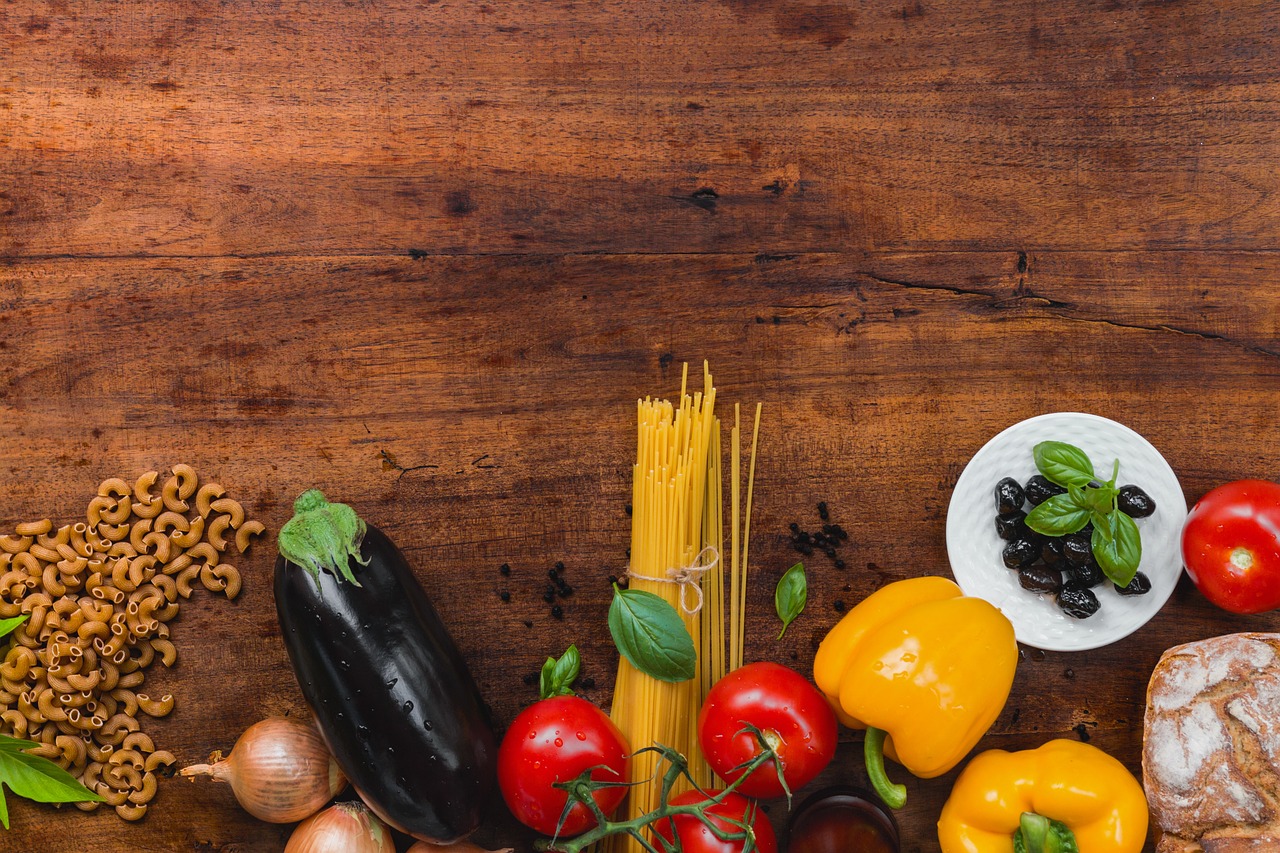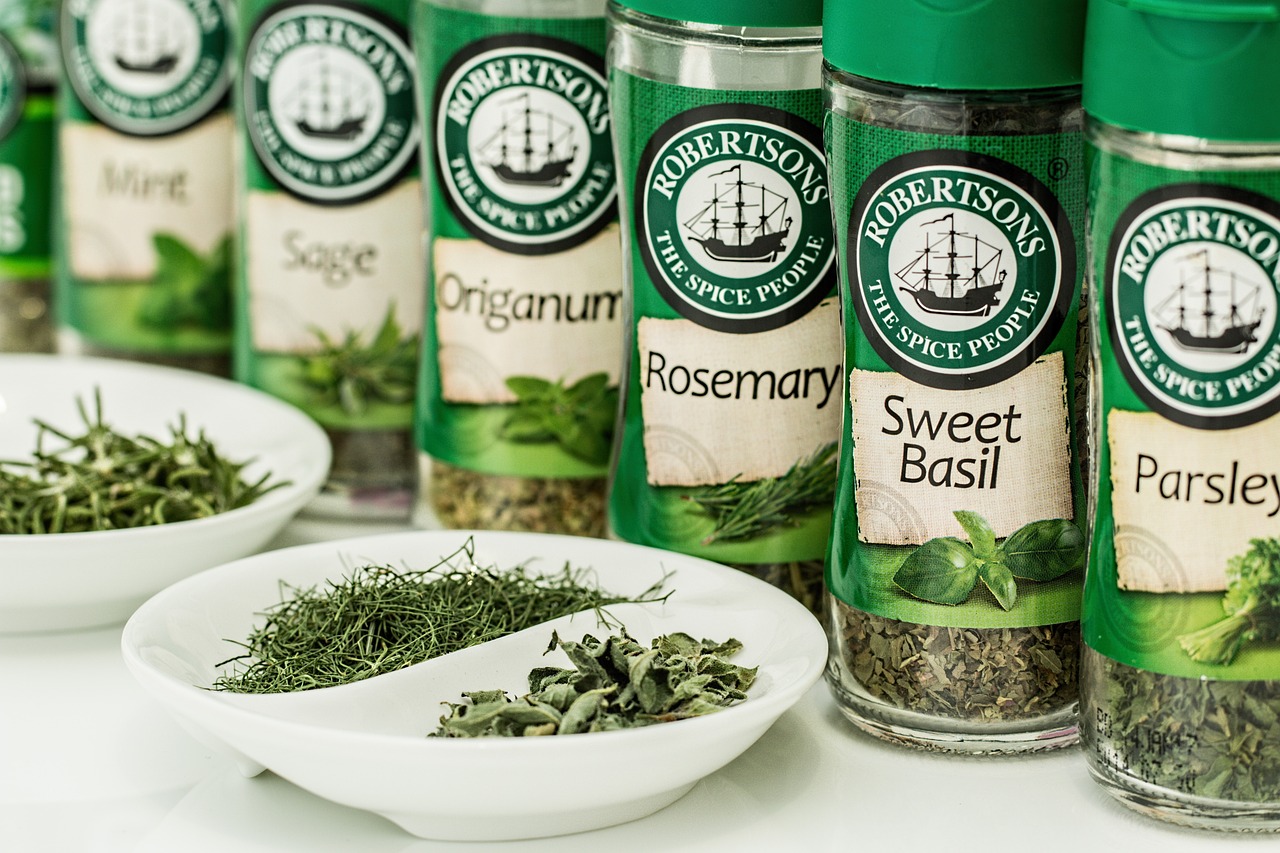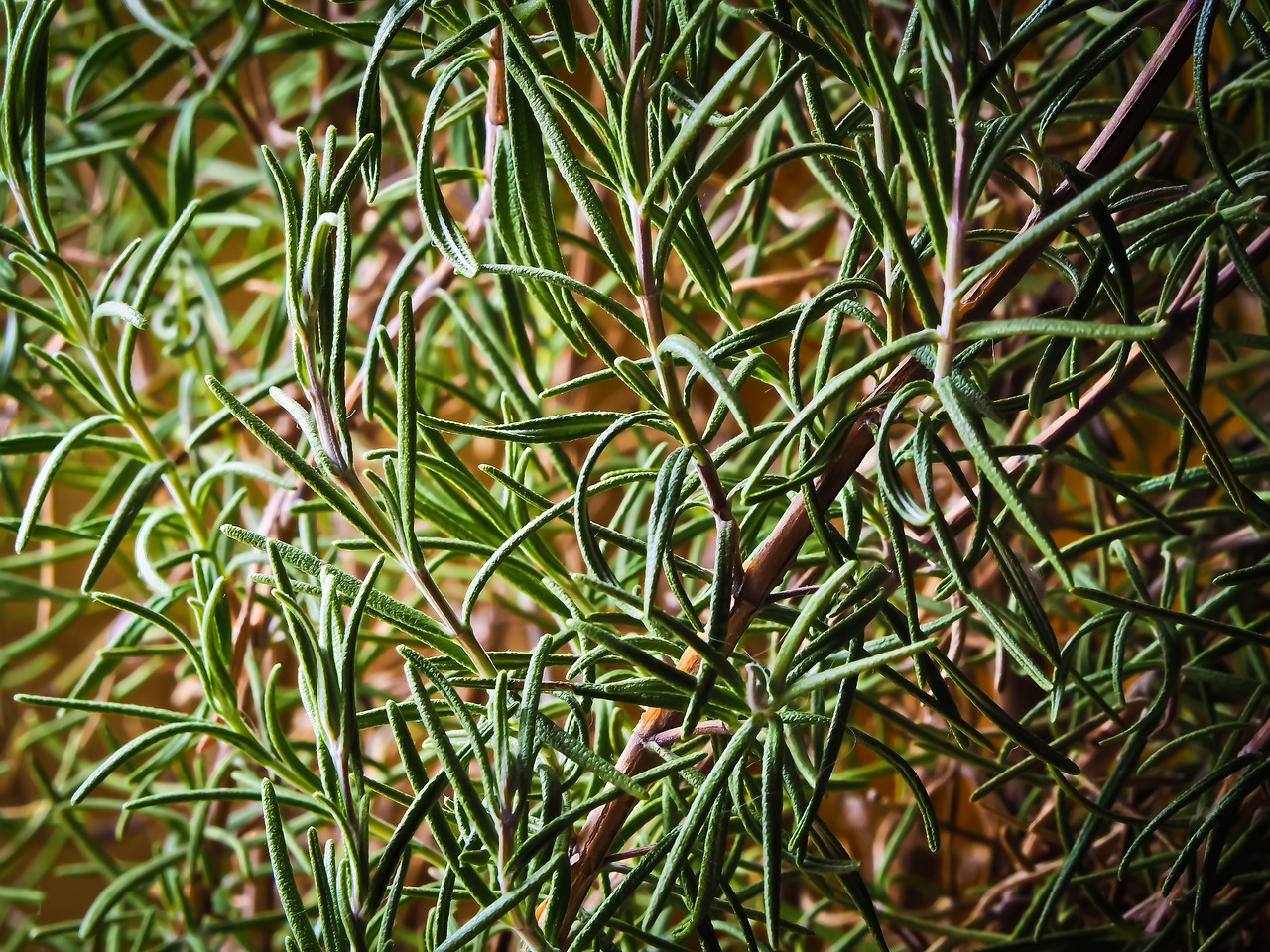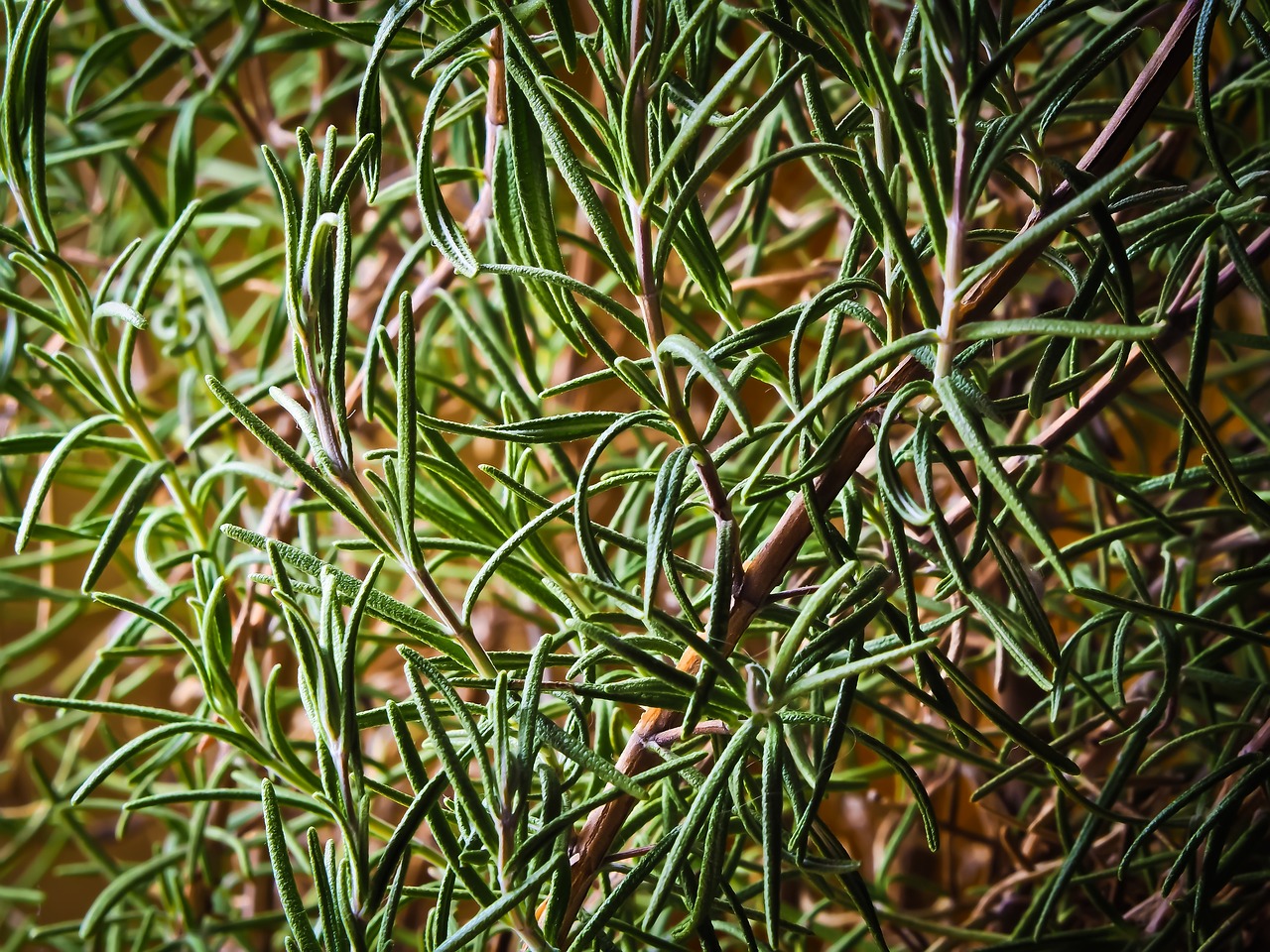If you’ve ever marveled at the rich flavors and enticing aromas of well-cooked dishes, then you’re likely aware of the crucial role that caramelization plays in culinary perfection. This transformative process, known as the art of caramelization, has the power to elevate the simplest of ingredients and infuse them with a depth and complexity that makes every bite a sensory delight. From golden-brown onions that impart a sweet savoriness to mouthwatering roasted vegetables and succulent meats, caramelization not only adds visual appeal but unlocks a world of flavors that can take your cooking to new heights. In this article, we will explore the magic behind this culinary technique, unravel its secrets, and provide you with the insights needed to master the art of caramelization in your own kitchen.

The Basics of Caramelization
What is caramelization?
Caramelization is a cooking technique that involves the transformation of sugars through the application of heat. It is a process that brings out the rich flavors and golden-brown color of sugars, resulting in a sweet and complex taste.
How does caramelization occur?
Caramelization occurs when sugars are exposed to high heat, causing them to break down and undergo a series of chemical reactions. As the sugars heat up, they melt and start to brown, developing new flavors and aromas. This process is irreversible, and once the sugars have caramelized, they cannot be returned to their original state.
The science behind caramelization
The science behind caramelization lies in the Maillard reaction and the pyrolysis of sugars. When sugars are heated, they undergo a series of chemical reactions that result in the creation of new compounds, such as caramelan and caramelene. These compounds contribute to the characteristic flavors and colors of caramelized sugars.
Factors that affect caramelization
Several factors can affect the caramelization process, including the type of sugar used, the presence of water, and the temperature at which the sugars are cooked. Different sugars have different melting points and will caramelize at different rates. Additionally, the presence of water can slow down the caramelization process, as it needs to evaporate before the sugars can fully caramelize. The temperature at which the sugars are cooked also plays a crucial role in caramelization, with higher temperatures leading to faster and more intense caramelization.
Caramelizing Different Ingredients
Caramelizing sugars
Caramelizing sugars is perhaps the most common application of caramelization in cooking and baking. By heating granulated or brown sugars, you can create a rich and flavorful caramel syrup that can be used in various desserts and sweet treats. The process involves melting the sugars in a pan and allowing them to turn golden brown, resulting in a sticky and delicious caramel sauce.
Caramelizing fruits
Caramelizing fruits can take their natural sweetness to a whole new level. By cooking fruits such as apples, bananas, or peaches in a hot pan with butter and sugar, you can create a caramelized fruit topping that is perfect for desserts or as a delicious accompaniment to savory dishes. The heat causes the natural sugars in the fruits to caramelize, creating a delightful combination of flavors and textures.
Caramelizing vegetables
While caramelizing vegetables may not be as common as caramelizing sugars or fruits, it is a technique that can elevate the flavors of certain vegetables. By cooking vegetables like onions, carrots, or Brussels sprouts over medium heat with a touch of sugar, you can achieve a caramelized exterior and a sweet, tender interior. This adds a depth of flavor and complexity to dishes, making them more enjoyable.
Caramelizing meats
Caramelizing meats, particularly cuts with a high fat content, can create a wonderful crust and enhance the overall flavor of the dish. By searing the meat in a hot pan, the sugars in the meat start to caramelize, creating a beautifully browned exterior and a rich, savory taste. This technique is commonly used in dishes like steak, pork chops, or glazed ham.
Caramelizing nuts
Caramelizing nuts is a great way to add a crunchy and sweet element to various dishes. By coating nuts like almonds, walnuts, or pecans with sugar and roasting them in the oven, you can achieve a caramelized coating that enhances their natural flavors. Caramelized nuts can be used in desserts, salads, or as a topping for ice cream, adding texture and depth to the dish.

Tools and Techniques for Caramelization
Choosing the right pan
When it comes to caramelization, choosing the right pan is essential for achieving the desired results. A heavy-bottomed pan, such as a stainless steel or cast iron skillet, is ideal for even heat distribution and preventing hot spots. Avoid using non-stick pans, as they may hinder the caramelization process.
The importance of temperature
Temperature plays a crucial role in caramelization. It is important to preheat the pan over medium to medium-high heat before adding the ingredients. This allows the sugars to slowly caramelize without burning. It is recommended to use a candy thermometer or an instant-read thermometer to monitor the temperature accurately.
Controlling the caramelization process
Controlling the caramelization process involves careful monitoring and adjusting of heat. It is essential to keep a close eye on the sugars, as they can quickly go from caramelized to burnt. Lower the heat if the sugars are browning too quickly, or increase the heat if they are not browning enough. Stirring the ingredients occasionally can also help promote even caramelization.
Different methods of caramelization
There are various methods of caramelization, depending on the ingredients and desired outcome. The dry method involves heating sugar on its own until it melts and caramelizes. The wet method involves dissolving sugar in water before heating it. The wet method can be useful for creating caramel syrups and sauces.
Caramelization without heat
In addition to traditional heat-based caramelization, there are alternative methods that achieve similar results. One such method is using a blowtorch to caramelize sugars, fruits, or even desserts like crème brûlée. Another method is using a caramelization powder or spray, which contains heat-activated ingredients that create a caramelized effect when exposed to heat.
Enhancing Flavor with Caramelization
Developing complex flavors
Caramelization is an excellent technique for developing complex flavors in dishes. The heat causes the sugars to break down and release a range of compounds that contribute to the overall flavor profile. The resulting caramelized flavors are sweet, nutty, and slightly bitter, adding depth and richness to both sweet and savory dishes.
Adding sweetness and bitterness
Caramelization adds a pleasant sweetness to dishes, creating a balance between the natural sugar content and the intensity of the caramelized sugars. The process also introduces a subtle bitterness, which can help cut through overly sweet flavors. This combination of sweet and bitter notes creates a well-rounded taste experience.
Achieving a deep rich color
One of the most visually appealing aspects of caramelization is the rich golden-brown color it imparts to ingredients. The caramelized sugars create a beautiful caramel hue that enhances the visual appeal of dishes. This color adds depth and dimension to both sweet and savory preparations, making them more appetizing.
Balancing flavors with caramelization
Caramelization can be used to balance flavors in a dish. For example, caramelizing onions can add sweetness and depth to a savory recipe, balancing out the acidity and bitterness of other ingredients. Similarly, caramelizing citrus fruits can reduce their tartness and enhance their natural sweetness. It offers a subtle way to create harmony among different flavors.

Sweet and Savory Applications
Caramelizing onions for depth
Caramelized onions are a favorite addition to many dishes, providing a deep, sweet, and savory flavor. By cooking onions slowly over low heat with a little bit of sugar, they undergo the caramelization process, transforming into a golden-brown delight. Caramelized onions can be used in sandwiches, soups, stews, pastas, or even as a topping for pizzas.
Creating caramel sauces and syrups
Caramel sauces and syrups are versatile additions to desserts and beverages. By heating sugar until it melts and turns amber in color, you can create a caramel sauce that can be drizzled over ice cream, pancakes, or even used as a base for other sauces like butterscotch or dulce de leche. Caramel syrups can also be used to sweeten coffee or cocktails.
Using caramelized ingredients in desserts
Caramelized ingredients can take desserts to another level of deliciousness. From caramelized fruits as a topping for cakes or tarts to caramelized nuts folded into homemade ice cream, the possibilities are endless. The caramelization process intensifies the natural sweetness of the ingredients and adds depth and complexity to dessert creations.
Adding caramelized notes to savory dishes
Caramelized ingredients can enhance the flavors of savory dishes as well. From caramelized meats in glazes or sauces to caramelized vegetables as a side dish or topping, the addition of caramelized notes can elevate the overall taste experience. The sweetness and richness of caramelized ingredients complement the savory elements, creating a harmonious balance.
Common Mistakes to Avoid
Burning the caramel
One common mistake in caramelization is burning the sugars. It is crucial to closely watch the heat and monitor the colors as the sugars caramelize. If the sugars turn black or smell burnt, they have gone too far and will impart a bitter taste to the dish. Adjust the heat accordingly and stir occasionally to prevent burning.
Undercooking or overcooking
Finding the right balance in caramelization can be tricky. Undercooking the sugars may result in a lack of flavor and color, while overcooking can lead to a bitter or burnt taste. It is important to follow the recipe guidelines and experiment with different cooking times to achieve the desired caramelization level without going overboard.
Using the wrong type of sugar
Different sugars have different properties and caramelization points. Some sugars, like white granulated sugar, caramelize quickly and easily, while others, like brown sugar or honey, may require longer cooking times. It is important to choose the right type of sugar for the desired outcome and adjust the cooking process accordingly.
Applying too much or too little heat
Finding the right heat intensity is crucial for successful caramelization. Too much heat can cause the sugars to burn quickly, while too little heat can result in a lack of proper caramelization. It is important to start with medium to medium-high heat and adjust as needed based on the recipe and the visual cues of the sugars’ browning process.
Creative Ways to Use Caramelized Ingredients
Caramelized fruit toppings
Caramelized fruit toppings add a delightful sweetness and complexity to various dishes. Whether it’s a caramelized apple topping for pancakes, a caramelized pineapple garnish for a tropical dessert, or caramelized peaches served over vanilla ice cream, the combination of the caramelized fruits’ flavors with other ingredients creates a sensational taste experience.
Caramelized vegetable salads
Caramelized vegetable salads offer a unique twist on traditional salads. By caramelizing vegetables like Brussels sprouts, onions, or carrots, you can add a depth of flavor and warmth to your salad. Combine caramelized vegetables with fresh greens, a tangy vinaigrette, and some crunchy nuts or cheese for a satisfying and flavorful salad.
Caramelized meat glazes
Caramelized meat glazes are a fantastic way to add a shiny, sticky, and flavorful coating to your favorite meats. By combining caramelized sugars with complementary ingredients like soy sauce, garlic, or ginger, you can create a glaze that enhances the flavors of the meat and provides a beautiful caramelization on the surface.
Caramelized nut garnishes
Caramelized nuts make for delightful garnishes and additions to both sweet and savory dishes. From caramelized almonds sprinkled over salads or roasted vegetables to caramelized walnuts used to top cakes or pies, the sweet and crunchy caramelized nuts elevate the overall taste and texture of the dish.
Incorporating caramelization into cocktails
Caramelization can also be incorporated into cocktails to add sweetness, depth, and complexity. By making caramel syrups or infusing spirits with caramelized ingredients like fruits or spices, you can create unique and flavorful cocktails. Think caramelized apple martinis or caramel-infused bourbon old fashioneds for a delicious twist on classic drinks.
Exploring International Caramelization Techniques
French caramelization methods
French cuisine is renowned for its meticulous attention to caramelization. Techniques like flambéing, where alcohol is added to a pan and ignited to create a dramatic burst of flames, are often used to achieve caramelization. Another classic French technique is creating caramel by slowly melting sugar in a pan until it turns a deep amber color.
Asian caramelization techniques
Asian cuisine incorporates caramelization in various ways to add depth and sweetness to dishes. The use of soy sauce, mirin, or hoisin sauce in stir-fries and glazes creates a caramelized effect. Techniques like wok frying or stir-frying at high heat achieve rapid caramelization, resulting in the signature flavors found in dishes like Chinese char siu or Korean bulgogi.
Latin American caramelization styles
Latin American cuisine often uses caramelization to create rich and flavorful sauces. Techniques like making cajeta, a caramel sauce made from sweetened condensed milk cooked slowly until thickened and caramelized, are popular in Mexico. In Brazil, condensed milk is also caramelized to make brigadeiro, a delicious caramel candy.
Caramelization in Professional Cooking
Chefs’ secrets to perfect caramelization
Professional chefs have mastered the art of caramelization and have developed secrets to achieve perfect results. They emphasize the importance of evenly distributed heat, patient cooking, and attentive monitoring. Chefs often use high-quality sugars, such as demerara or turbinado sugar, for their unique flavor profiles and better caramelization characteristics.
Using caramelization in fine dining
Caramelization plays a significant role in fine dining, adding sophistication and depth to high-end dishes. From caramelized foie gras served with a fruit compote to caramelized scallops with a delicate brown butter sauce, the technique helps create complex flavors that elevate the overall dining experience.
Caramelization in pastry and baking
Pastry chefs and bakers often rely on caramelization to create delicious desserts and baked goods. From caramelizing the sugar for crème brûlée to adding a caramelized topping to a flaky tart, the technique enhances the sweetness and intensifies the flavors. The combination of caramelization with buttery pastries or creamy fillings results in irresistible treats.
The role of caramelization in culinary innovation
Culinary innovation often involves pushing the boundaries of traditional techniques, and caramelization is no exception. Chefs and food scientists experiment with different ingredients, temperatures, and methods to achieve new and exciting caramelized flavors. This innovation leads to unique and unexpected combinations, making for memorable culinary experiences.
Conclusion
Caramelization is a versatile and transformative cooking technique that adds depth, flavor, and visual appeal to a wide range of dishes. Whether you are caramelizing sugars for a sweet sauce, caramelizing fruits for a delightful topping, or caramelizing vegetables to enhance their taste, mastering the art of caramelization opens up a world of culinary possibilities. With the right tools and techniques, you can achieve perfect caramelization, balance flavors, and create complex and enticing dishes that will impress family, friends, and even professional chefs. So, embrace the art of caramelization and bring a touch of depth to your culinary creations.

